I have a confession to make: I love base-ten blocks. Like, I’m a little embarrassed how excited I was to buy my first class set. And the awesome games to play with them. They are probably my very favorite math manipulative, and I would never teach place value without them.
Recently I was working with a third-grade kiddo with dyslexia, whom we’ll call Bradley, who is pretty darned strong in math concepts. Like many students his age, Bradley was rock solid on units (aka ones), tens, hundreds and thousands. Asked what came next, he said, “Millions!” While this isn’t a terribly shocking mistake (after all, the next family, or period if we are being all official, is the millions), it does indicate that he hadn’t generalized the structure of advanced place value–namely, that each family (period) has a units, tens and hundreds place before it switches to a new family.
So I did what I usually do when faced with this particular misunderstanding: got out a place-value chart and the base-ten blocks, and matched each place with its respective block: a centimeter-cube for the units, a ten-centimeter rod for the tens, a hundred-centimeter flat for hundreds and a thousands cube for the thousands place.
Then I said, “So, picture what it would look like if you had ten of these thousands blocks in a pile.” We mimed it out with our arms. “And what would you call ten of these thousands blocks?” He got that it would be ten thousand. Great. “And if we had ten of this pile? And ten of that square?” We walked our way through it successfully, but I could tell that after the ten thousands, his picture got blurrier and blurrier. And as much research has shown, a solid picture is key to strong mathematical understanding.
That evening as I was drifting to sleep, I started trying to figure out a way to build a stronger picture of advanced place value for Bradley and my other kiddos. I considered buying a thousand of the thousands blocks, but quickly decided I shouldn’t buy anything that I could not store (We call this the thousands-block sofa. How do you like it?). But I could get a set of ten of them. That would at least be a concrete representation of ten thousand, but what about a hundred thousand and a million?
A few days later, I dragged my niece to an urban gardening store to get twelve, meter-long pipes and eight 90 degree side outlet ell fittings.
My niece thought I was crazy and the men at the plumbing store, while helpful, were confused. But I went home excited.
The next time I saw Bradley, we got out the base-ten blocks and the new pvc materials. We looked at the place value chart and rebuilt a unit, a ten, a hundred and a thousand, focusing on the fact that each bigger unit is ten of the previous one. Then I got out the new thousands blocks and we built the ten-thousands pile. Whoa. Much cooler than just miming it with our hands. Then I showed him that one of the pvc poles was the exact length of the ten thousands pile: one meter; 100 centimeters. Ok. “Now,” I asked him, “how big would it be if we put ten of these next to each other?”
He thought for a second and leapt to the answer–“It would be as long across as this one is tall!” His intuitive leap is only partly due to the strong manipulatives picture and partly due to the strong conceptual understanding we were building upon.
I showed him the corner pieces and he built a square one meter by one meter; 100 centimeters by 100 centimeters; 10 thousand centimeters. Whoa. Big. And flat–just like the hundred’s flat, but 100 times bigger.
Then the big leap. How many of these ten-thousands flats would we need to make a millions cube? The answer? Ten. His eyes lit up: “That’s as wide as this is tall! We just need the poles to go out.” Exactly. Now for the really fun part. Building the cube!
While we were building, I kept thinking of all the math going on–it was easy enough to call the corners vertices and to talk about how many of them we would end up using, and whether it was best to make two squares and connect them by edges or by sending edges up from the bottom face and then connecting them at the top, and of course counting how many edges we would need and why we were surprised that it was a different amount than the vertices. Geometry, check!
And the cube. I have to tell you it was mind-boggling even for me to see just how huge a millions cube is, especially compared to the unit cube. And for Bradley to quite literally be able to stand inside the millions cube–now that is a picture that will stick with him.
The picture was strong enough to extrapolate from: he quickly understood the pattern that ten of these piled on top of each other would be ten million–and would stand higher than the ceiling, and that ten of those would be a hundred million, and would stretch across the room, and that ten of those–a billion!–would form a cube too large to fit in any of our rooms. Although, now that I think about it, I would only need 120 of the pvc pipes, eight corner pieces and 108 connectors…..

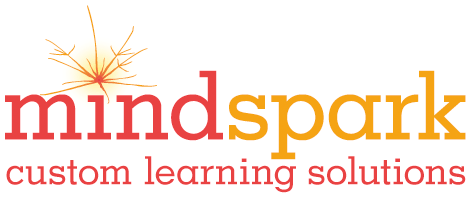
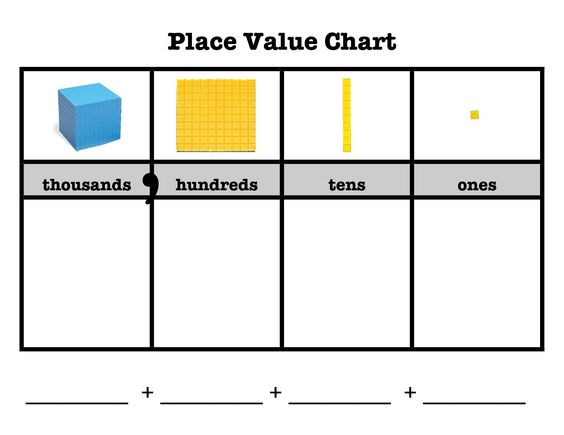
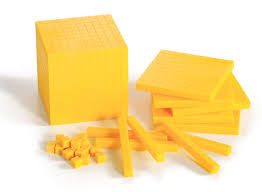



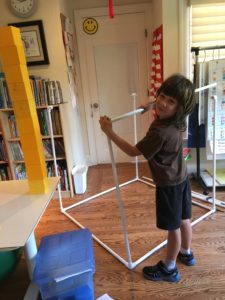
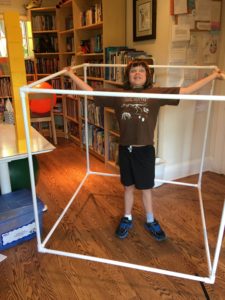
Love it! I found this post because I’ve been thinking of the same exact thing, except I was hoping to maybe find a digital picture of ten thousand cubes together, and then one hundred of them….. I love that your student made the connection between then ten thousand looking similar to a ten rod (which is ten ones).
That’s awesome how you are able to connect with young minds and explain things in a customized way.
That’s always the goal!
That’s really cool! I’ve always found things are best learned when applied visually and when you’re apart of the equation.
Maybe if I had been taught math in this manner, I wouldn’t stink so bad at it, but never to late to start!
THanks! I think unfortunately math is poorly taught way too often, and then people figure they just aren’t good at it, which is probably not actually true!
Thanks for your take on math and the way it’s taught! That gives me a new outlook on giving it a more focused shot at improving. I’ve thrifted some books from the library on math and bought a few from Goodwill, but the memory of the previous experience may have subconsciously prevented me from having a more open perspective on it.
I totally encourage you. And if the books are hard to follow on your own, then definitely find someone who BOTH knows math AND knows how to teach to help you out! Good luck!
Thanks for another great helpful piece of information! I’ve seen free tutoring at the library, so it’s time to advantage, thanks kindly : )
Funny, perceptive, and informative. Excellent post.